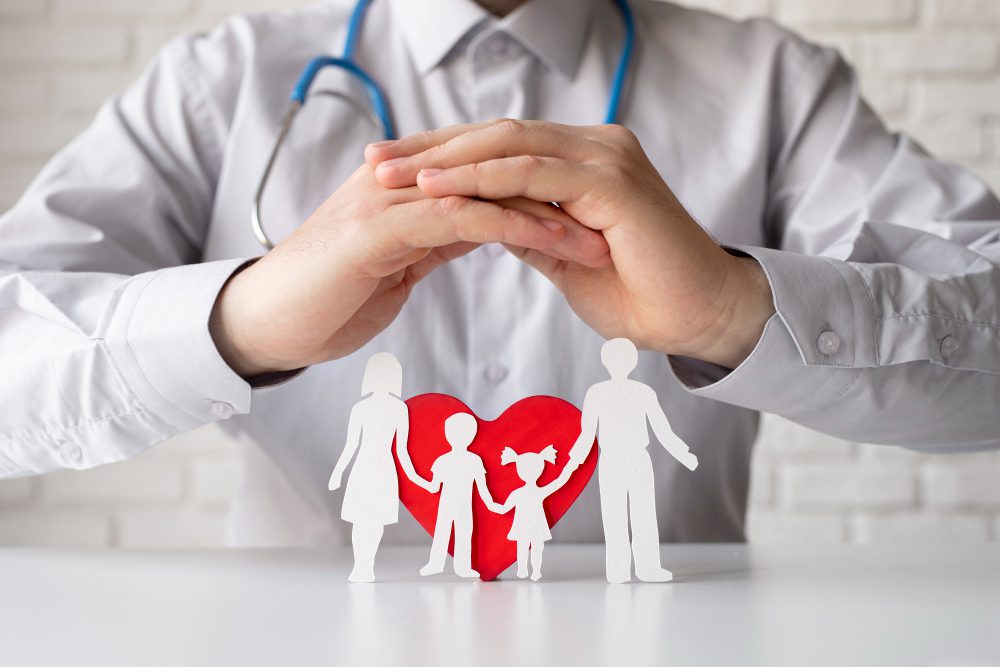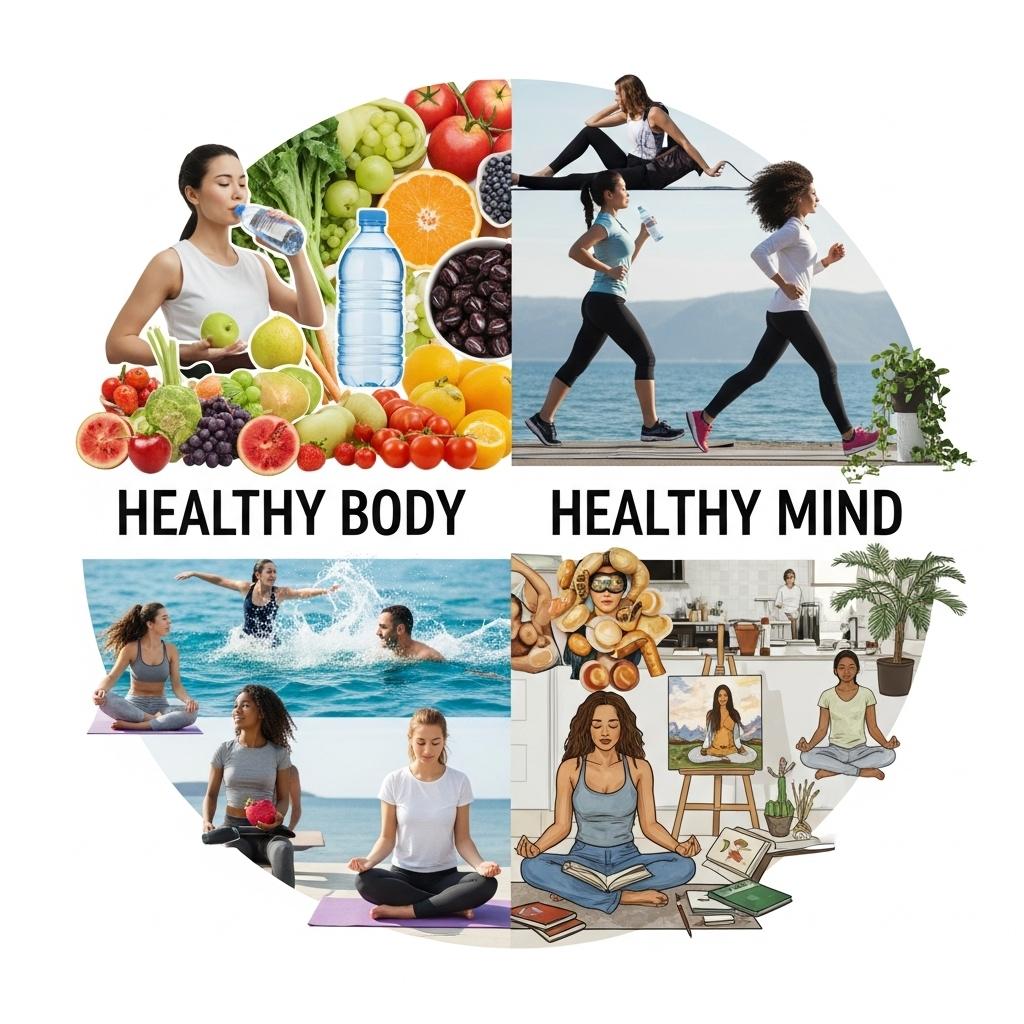A comprehensive, science-based guide to what causes hypertension, how it affects Americans, and what you can do to manage it naturally and effectively.
High blood pressure—often called the “silent killer”—affects millions of Americans, yet many don’t even realize they have it. According to the Centers for Disease Control and Prevention (CDC), nearly 1 in 2 U.S. adults has hypertension or is taking medication for it. Despite being highly manageable, uncontrolled high blood pressure remains a leading cause of heart disease, stroke, and kidney failure.
This long-form guide breaks down what high blood pressure is, why it’s so common in the United States, how you can lower it naturally, and what science says about the most effective lifestyle strategies.
Table of Contents
- What Is High Blood Pressure?
- How Common Is Hypertension in America?
- Why High Blood Pressure Matters
- Common Causes and Risk Factors
- How Blood Pressure Is Measured (and What Your Numbers Mean)
- Signs and Symptoms to Watch For
- Natural Ways to Lower Blood Pressure
- Diet and Nutrition: What to Eat and Avoid
- Exercise and Movement: Simple Steps for Big Results
- The Role of Stress, Sleep, and Mental Health
- Medical Treatment Options in the U.S.
- Research-Based Insights from Universities and Medical Centers
- Helpful Table: Blood Pressure Categories and Lifestyle Tips
- Frequently Asked Questions (FAQs)
What Is High Blood Pressure?
High blood pressure (hypertension) occurs when the force of blood pushing against your artery walls is consistently too high. Over time, this added pressure damages blood vessels and organs, leading to serious health complications.
Blood pressure is expressed as two numbers:
- Systolic pressure (top number): pressure in your arteries when your heart beats.
- Diastolic pressure (bottom number): pressure when your heart rests between beats.
Normal blood pressure is typically below 120/80 mmHg. Anything consistently above 130/80 mmHg is considered high, according to the American Heart Association (AHA).
How Common Is Hypertension in America?
High blood pressure is widespread and growing across the United States.
- According to CDC data, about 122 million adults—roughly 48% of Americans—have hypertension.
- Only about 1 in 4 adults have their condition under control.
- Rates are higher among older adults, men, and people from African American communities.
Researchers from Harvard T.H. Chan School of Public Health note that lifestyle factors—such as excess sodium intake, obesity, and chronic stress—are the major drivers of this growing health crisis.
Why High Blood Pressure Matters
Hypertension doesn’t cause noticeable symptoms for most people, which is why it’s called a “silent killer.” But over time, uncontrolled blood pressure can lead to:
- Heart disease (heart attack, heart failure)
- Stroke
- Kidney disease
- Vision loss
- Cognitive decline
A long-term study from Johns Hopkins University found that even modest elevations in blood pressure during midlife can increase the risk of cardiovascular disease later on.
Common Causes and Risk Factors
High blood pressure often develops over years and can result from a combination of genetic, environmental, and lifestyle factors.
| Risk Factor | Explanation |
|---|---|
| Age | Arteries stiffen naturally with age, raising pressure levels. |
| Family history | A genetic predisposition can increase risk. |
| Obesity | Extra body weight strains the cardiovascular system. |
| High sodium diet | Too much salt increases fluid retention and blood pressure. |
| Low potassium intake | Potassium helps balance sodium; low intake raises risk. |
| Stress | Chronic stress raises heart rate and blood pressure over time. |
| Alcohol & smoking | Both damage blood vessels and increase BP. |
| Lack of physical activity | Leads to weight gain and reduced heart efficiency. |
How Blood Pressure Is Measured (and What Your Numbers Mean)
| Category | Systolic (mmHg) | Diastolic (mmHg) | Meaning |
|---|---|---|---|
| Normal | <120 | <80 | Healthy range |
| Elevated | 120–129 | <80 | At risk; lifestyle changes recommended |
| Hypertension Stage 1 | 130–139 | 80–89 | Medical evaluation needed |
| Hypertension Stage 2 | ≥140 | ≥90 | Requires ongoing management |
| Hypertensive Crisis | >180 | >120 | Emergency care required |
How to measure accurately:
- Sit quietly for 5 minutes before checking.
- Use an automatic home blood pressure monitor approved by the AHA.
- Measure at the same time each day and keep a log to share with your doctor.
Signs and Symptoms to Watch For
Most people with high blood pressure experience no symptoms. However, if blood pressure becomes dangerously high, you might notice:
- Severe headache
- Shortness of breath
- Blurred vision
- Chest pain
- Fatigue or confusion
If you experience these symptoms, seek emergency medical care immediately.
Natural Ways to Lower Blood Pressure
Lifestyle changes can make a powerful difference. Studies show that simple, consistent habits can lower blood pressure by 10–20 mmHg without medication in many cases.
1. Eat a Heart-Healthy Diet
Focus on whole, unprocessed foods—particularly fruits, vegetables, whole grains, lean protein, and healthy fats.
2. Reduce Sodium Intake
The National Institutes of Health (NIH) found that lowering sodium intake to under 2,300 mg/day can significantly reduce blood pressure.
3. Increase Potassium
Foods rich in potassium—like bananas, spinach, beans, and yogurt—help your body balance sodium and ease tension in blood vessel walls.
4. Maintain a Healthy Weight
Losing even 5–10 pounds can reduce blood pressure levels and improve heart health.
5. Move Your Body
Aim for 150 minutes of moderate exercise per week (e.g., brisk walking, cycling, or swimming). Research from Columbia University Irving Medical Center showed that replacing 30 minutes of daily sitting with light activity can cut heart risk by up to 50%.
6. Manage Stress
Try mindfulness, yoga, or deep breathing exercises. The University of California, Los Angeles (UCLA) found that mindfulness-based stress reduction significantly lowered systolic blood pressure in adults with hypertension.
7. Quit Smoking
Smoking causes blood vessels to constrict and harden, raising pressure and damaging arteries. Quitting has immediate benefits.
8. Limit Alcohol
Keep intake moderate: no more than one drink per day for women, two for men.
Diet and Nutrition: What to Eat and Avoid
Eat More:
- Leafy greens (spinach, kale, arugula)
- Berries and citrus fruits
- Oats and quinoa
- Fish (salmon, mackerel, sardines)
- Beans and lentils
- Nuts and seeds
- Olive oil and avocado
Avoid or Limit:
- Processed meats (bacon, sausages)
- Fast food and fried foods
- Sugary drinks and snacks
- High-sodium canned or packaged foods
- Alcohol and caffeine in excess
The DASH Diet
The DASH (Dietary Approaches to Stop Hypertension) diet, developed by the National Heart, Lung, and Blood Institute (NHLBI), emphasizes low sodium, lean proteins, fruits, and vegetables. Clinical studies show it can lower systolic blood pressure by 8–14 points.
Exercise and Movement: Simple Steps for Big Results
| Activity Type | Recommended Frequency | Expected Benefit |
|---|---|---|
| Brisk walking | 5x per week, 30 min | Lowers BP, boosts circulation |
| Strength training | 2x per week | Builds heart and muscle strength |
| Yoga / Tai Chi | 3x per week | Reduces stress and BP |
| Stretching | Daily | Improves flexibility and blood flow |
The Role of Stress, Sleep, and Mental Health
Stress triggers hormone surges (like cortisol and adrenaline) that raise heart rate and blood pressure. Chronic stress also leads to unhealthy coping behaviors—overeating, smoking, or drinking.
Sleep matters:
- Adults need 7–9 hours of quality sleep nightly.
- The Harvard Medical School Sleep Division reports that sleep deprivation can increase hypertension risk by 20–30%.
Mind-body strategies:
- Meditation and breathing exercises lower heart rate.
- Journaling helps process emotions and reduce anxiety.
- Social connection lowers long-term blood pressure by reducing isolation-related stress.
Medical Treatment Options in the U.S.
While lifestyle changes are foundational, some people may need medication to achieve target blood pressure levels. Common treatments include:
- Diuretics (reduce fluid buildup)
- ACE inhibitors (relax blood vessels)
- Beta-blockers (slow heart rate)
- Calcium channel blockers (prevent vessel tightening)
Always work with your healthcare provider to monitor progress and adjust medications safely.
Research-Based Insights from Universities and Medical Centers
| Institution | Study Finding | Year / Reference |
|---|---|---|
| Harvard T.H. Chan School of Public Health | High sodium diets and obesity remain leading lifestyle drivers of hypertension in the U.S. | 2022 |
| Johns Hopkins University | Elevated midlife blood pressure predicts later cardiovascular events. | 2021 |
| Columbia University Irving Medical Center | Replacing sedentary time with light movement lowers heart risk by ~50%. | 2024 |
| University of California, Los Angeles (UCLA) | Mindfulness meditation lowers systolic blood pressure. | 2020 |
| Harvard Medical School Sleep Division | Sleep deprivation increases hypertension risk. | 2021 |
Helpful Table: Blood Pressure Categories and Lifestyle Tips
| Category | BP Range (mmHg) | Lifestyle Recommendation |
|---|---|---|
| Normal | <120/80 | Maintain healthy habits, balanced diet, regular activity. |
| Elevated | 120–129/<80 | Reduce salt, exercise more, monitor BP weekly. |
| Stage 1 Hypertension | 130–139/80–89 | Adopt DASH diet, manage stress, see doctor regularly. |
| Stage 2 Hypertension | ≥140/≥90 | Combine medication + lifestyle changes. |
| Hypertensive Crisis | >180/>120 | Seek emergency medical attention immediately. |
Frequently Asked Questions (FAQs)
Q: What causes high blood pressure in the U.S.?
A: The main causes include excessive salt intake, obesity, inactivity, high stress, and genetics. Processed food consumption and sedentary lifestyles have made hypertension increasingly common in America.
Q: How can I lower my blood pressure naturally?
A: Focus on eating a DASH or Mediterranean-style diet, reducing sodium, staying active, maintaining a healthy weight, and managing stress.
Q: Can stress alone cause high blood pressure?
A: Chronic stress can contribute to sustained increases in blood pressure and unhealthy habits that worsen it, such as overeating or smoking.
Q: Is medication always necessary?
A: Not always. Many people can control mild hypertension through lifestyle changes. However, moderate to severe hypertension usually requires medication under medical supervision.
Q: Does caffeine raise blood pressure?
A: Caffeine can cause a temporary spike in blood pressure, especially in people sensitive to it, but moderate coffee consumption is generally safe for most adults.
Q: How often should I check my blood pressure?
A: At least once every 3–6 months if normal, and more often if you have elevated readings or are on medication. Home monitoring provides valuable daily insight.



